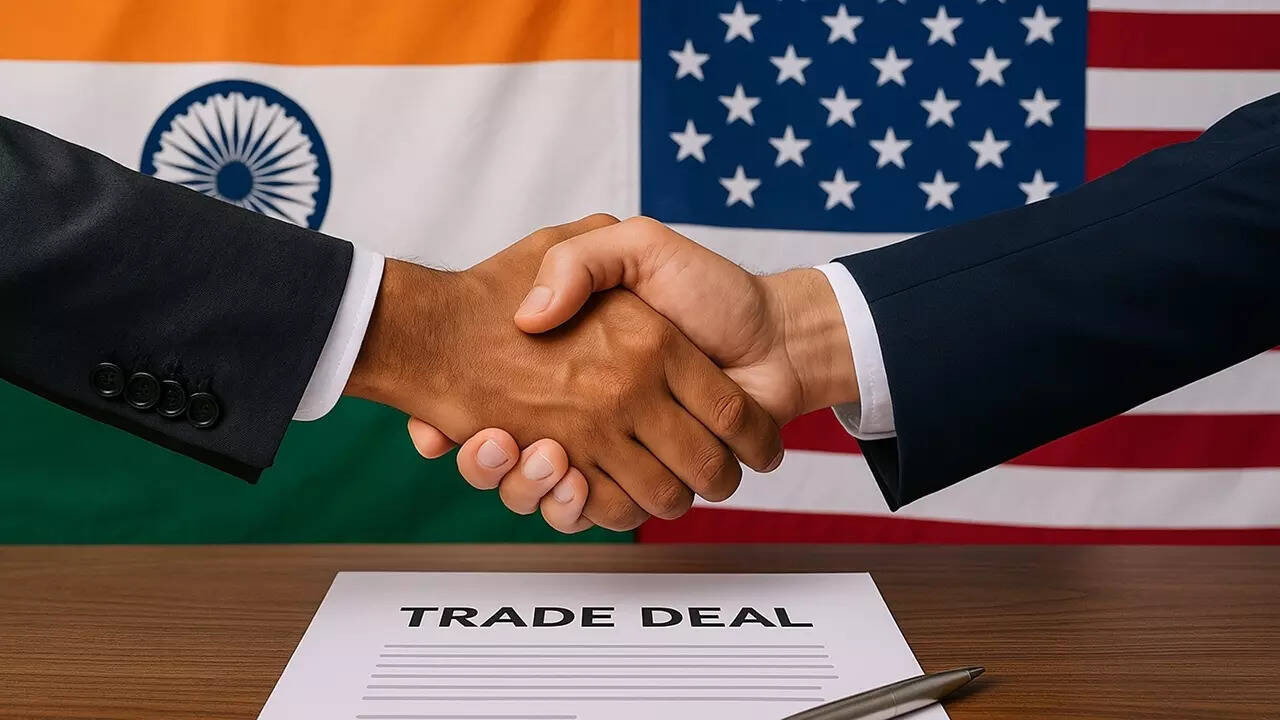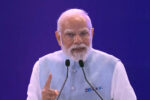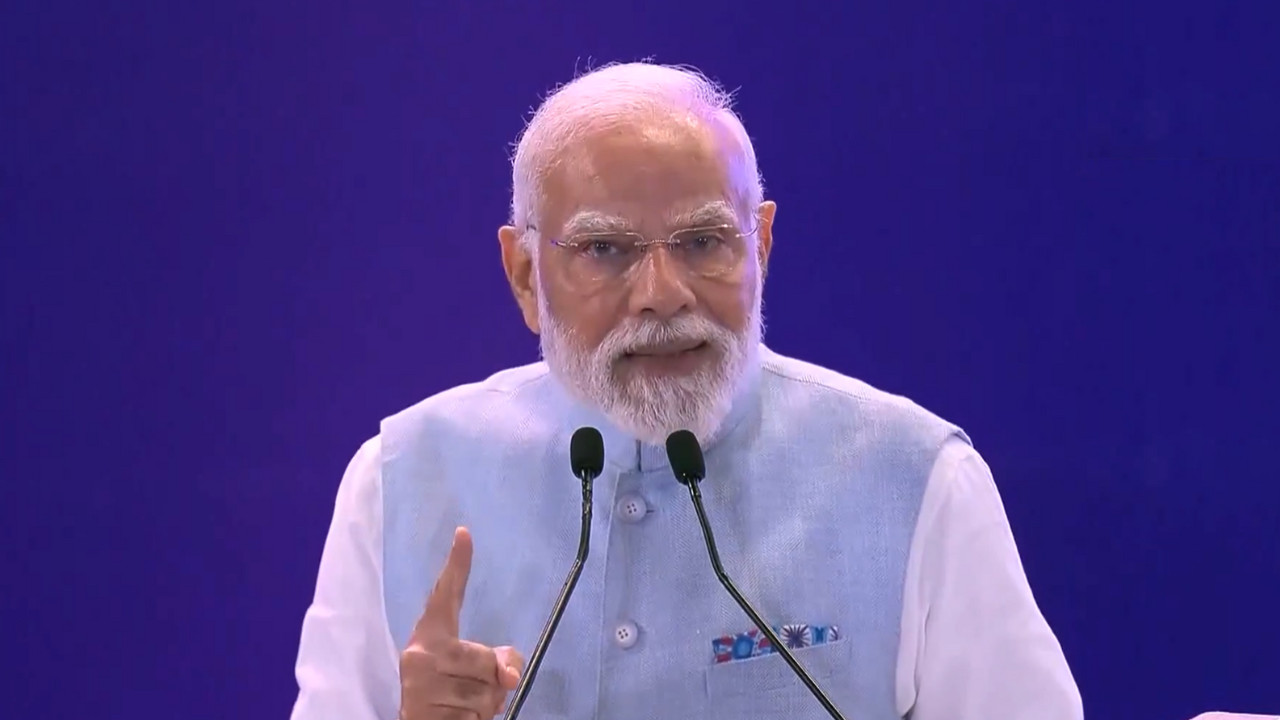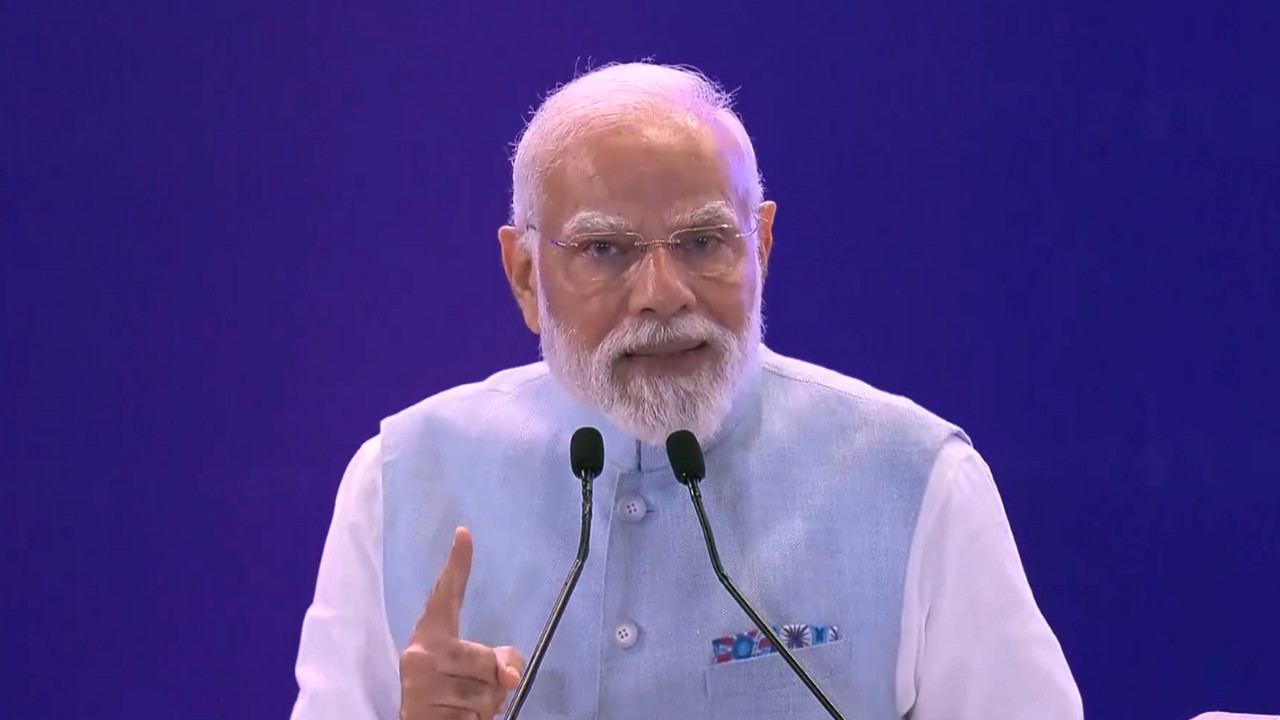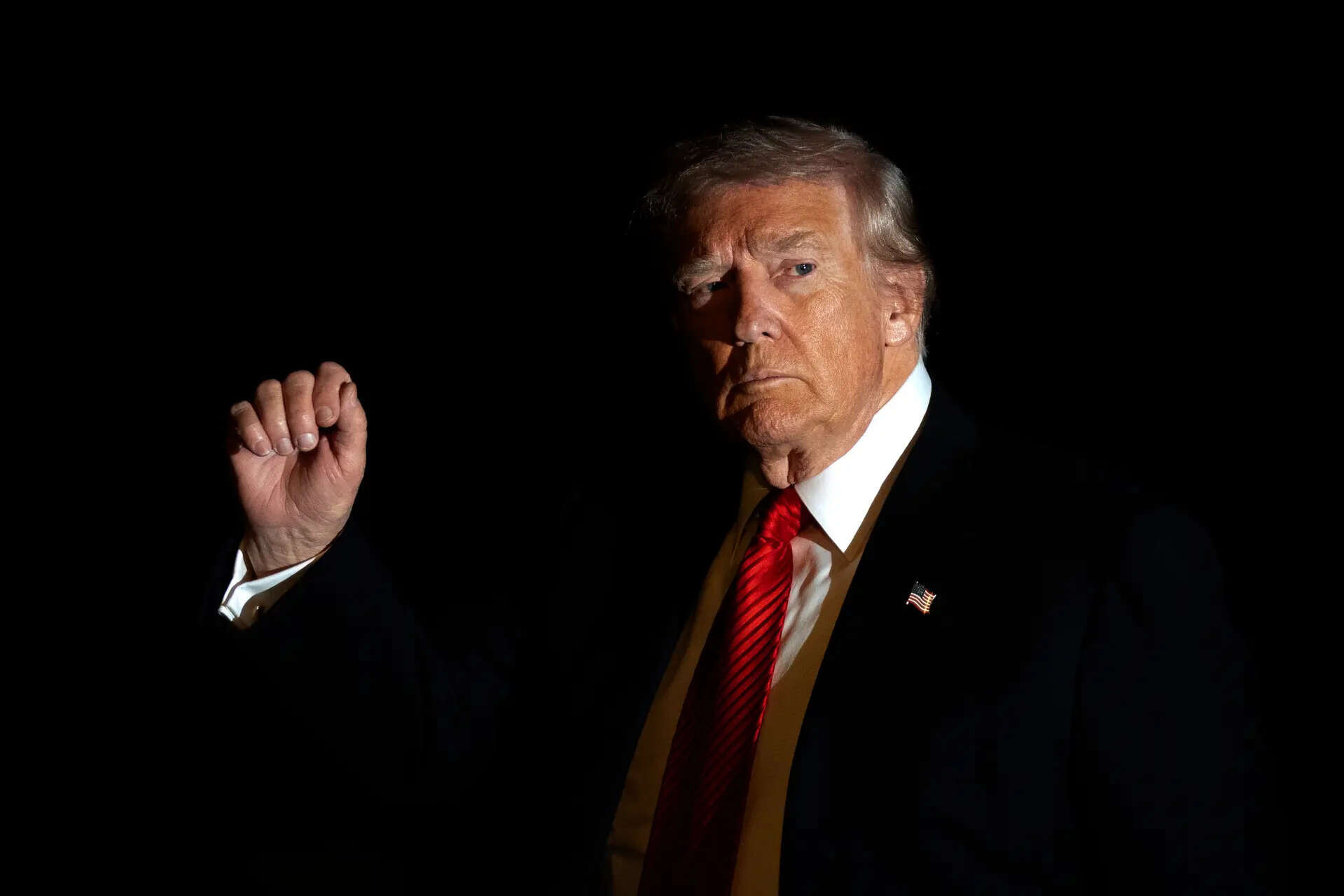India and the US are actively engaged in discussions to finalize an initial tranche of a bilateral trade agreement (BTA). American officials have arrived in Delhi for negotiations aimed at enhancing market access and supply chain resilience. Commerce Minister Piyush Goyal expressed confidence in achieving positive outcomes.
Can We Finally Seal the Deal? India and US Trade Tango Heats Up
So, the air’s buzzing with anticipation again. You know that dance India and the US have been doing for years, the one where they circle each other, promising partnership and potential trade bonanzas, but always seem to stumble before the final dip? Well, the music’s playing once more, and this time, it feels… different.
A US delegation just touched down in Delhi, and whispers are circulating about a potential “early harvest” – a nice, juicy first slice of a larger, more comprehensive trade agreement. Think of it as a diplomatic appetizer, designed to whet our appetites for the main course.
But what exactly is on the menu this time?
The article suggests the focus is on smoothing out wrinkles in sectors where collaboration already exists. We’re talking about streamlining market access for certain Indian goods into the US, perhaps addressing some of the lingering concerns about regulatory hurdles. And on the flip side, India might be looking at easing restrictions on certain American products or services. It’s a give-and-take, a delicate balancing act to ensure both sides feel like they’re getting a fair shake.
Think of it this way: imagine trying to merge two different ecosystems. You can’t just bulldoze everything and start from scratch. You need to identify the areas where the existing flora and fauna can co-exist and thrive, and then carefully cultivate those spaces. This “early harvest” approach seems to be about identifying those areas of immediate potential – the low-hanging fruit, if you will.
Now, I’m not going to pretend that past attempts haven’t left a few scars. Remember the Generalized System of Preferences (GSP) debacle? The US revoked India’s preferential trade status back in 2019, and it stung. It highlighted the complexities and the occasional friction that can arise when navigating the intricate world of international trade. It was a reminder that even with the best intentions, disagreements can happen, and the path to a smooth trade relationship isn’t always a straight line.
So, what makes this time any different? Why is there this renewed optimism?
Well, for starters, the geopolitical landscape has shifted. The world is becoming increasingly multipolar, and strategic partnerships are more crucial than ever. Both India and the US recognize the importance of strengthening their bond, not just economically, but also strategically. Building a robust trade relationship is a key pillar of that overall strategy.
Furthermore, there’s a palpable sense of urgency. Global supply chains are still reeling from the pandemic, and the need for diversification and resilience is abundantly clear. India, with its burgeoning economy and vast consumer market, is an attractive alternative for many US companies looking to reduce their reliance on China.
And let’s not forget the quiet, persistent work that’s been going on behind the scenes. Trade officials on both sides have been engaging in continuous dialogue, painstakingly addressing concerns and exploring potential compromises. These efforts, often unseen by the public, are the bedrock upon which any successful trade deal is built.
However, let’s keep a healthy dose of realism. Trade negotiations are notoriously complex. There will inevitably be sticking points – areas where the interests of the two countries diverge. Issues like intellectual property rights, data localization, and agricultural subsidies are always potential flashpoints. Getting past these hurdles will require skillful diplomacy, a willingness to compromise, and a genuine commitment from both sides to find mutually beneficial solutions.
The article subtly hints at the fact that the Indian government is particularly keen on securing this initial tranche before the upcoming elections. This adds a layer of political pressure, as a successful trade deal would be seen as a major win for the current administration.
Ultimately, the success of this endeavor hinges on whether both India and the US can see beyond their immediate interests and embrace a long-term vision of a mutually prosperous partnership. If they can, this “early harvest” could be the beginning of something truly special – a trade relationship that not only benefits both economies but also strengthens the strategic alliance between these two global powers. Let’s hope the music doesn’t stop this time before the final twirl. It’s a dance we all have a stake in.
📬 Stay informed — follow us for more insightful updates!
